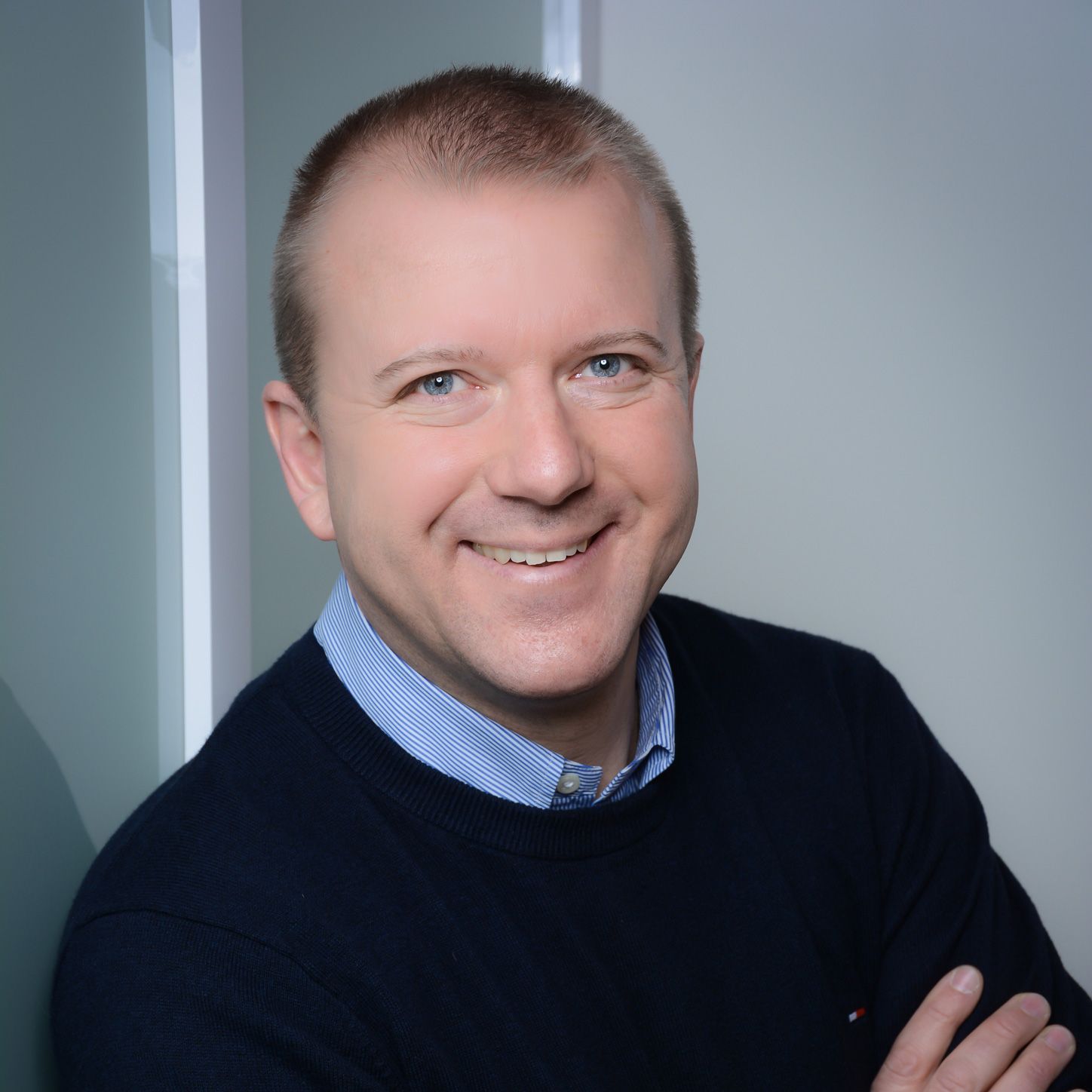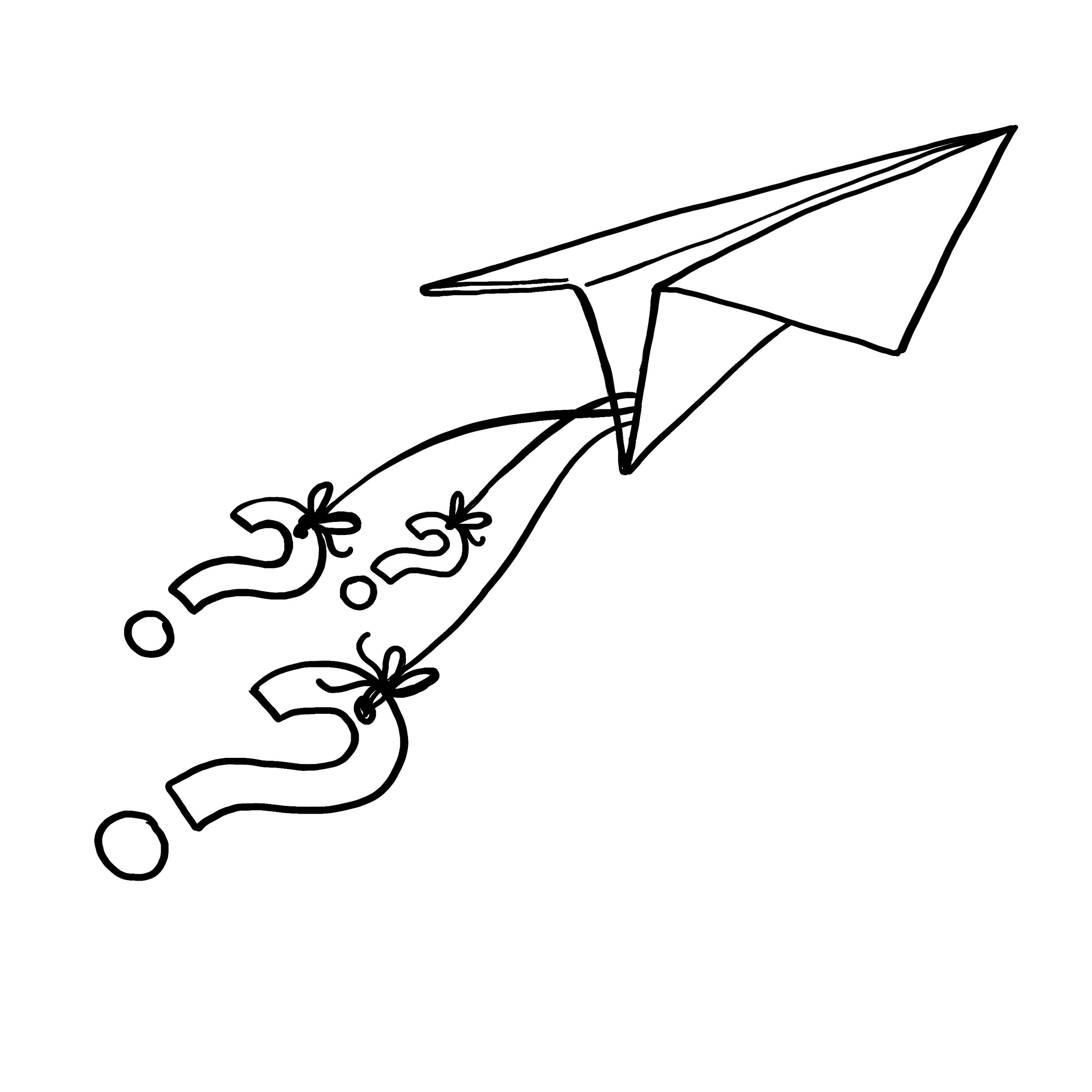"We set very little. Not even a curriculum."
Anyone who trains young people, is helping to shape education. As Head of Training at Siemens Energy, Christoph Kunz is pursuing radical new paths.


Anyone who trains young people, is helping to shape education. As Head of Training at Siemens Energy, Christoph Kunz is pursuing radical new paths.
VS: Mr Kunz, at Siemens Energy you are responsible for the training of 2,500 young people. Do they still want to learn after school?
No. After school they’ve had enough of learning for the time being. A different type of educational science is needed to engage with young people. We have therefore first of all tried to understand what makes Gen Z tick. They want to do meaningful things, be taken seriously. They are inspired by flexibility, just under 80 percent prefer to learn in a team rather than alone. We adapt structures and processes accordingly to make ourselves more attractive as trainers. Nobody can afford an aversion to learning such as that produced by schools. We prepare our apprentices for New Work and thus for lifelong learning.
VS: What is important to you for modern apprenticeship/training?
Nowadays, it’s no longer a matter of static knowledge. The technology cycles are always getting shorter. We must be able to solve problems on an ad hoc basis. What methods do I use to get the knowledge I need? How do I get the knowledge I need quickly? These are the questions that shape everyday life in New Work. “Learning how to learn” is therefore a subject that we go through with every apprentice. Most of them hear for the first time what learning type they are or the best way to structure 18 pages of information. Obviously, it would make more sense to give them these methodological tools when they are still at school. In future, they need skills such as flexibility, an ability to work in a team and resilience to be able to work well and enjoy it.

What is radically new is the fact that we give our trainers a lot of flexibility in terms of time and place.
Christoph Kunz, Head of Training at Siemens Energy
VS: You are launching your new SEED training programme in Berlin in the summer. Next year, you’re rolling the concept out across the country. What’s different about it?
What is radically new is the fact that we give our trainers a lot of flexibility in terms of time and place. If they decide to discuss their project at Starbucks for two hours, we trust them. Going on the experience from our pilot phase, this flexibility means that they identify very differently with their tasks. We set very little. Not even a curriculum. That is developed by our apprentices themselves after they have got to grips with the content of their future profession in the first few weeks. This is how they learn why they have to learn things with us. They learn and work with us in “Dream Teams” and in an interdisciplinary way so that an IT person can exchange ideas with a mechatronics technician. Usually, companies train people separately, according to jobs. How can we tell that we are achieving a great deal with our method? Normally, apprentices are counting down the minutes until they can go home at 3 o’clock. Our teams ask whether they can stay for another hour.
VS: On your website you entice people with new learning methods. What does this look like in practice, especially with regard to digital opportunities?
Naturally, we use digital options. The difference is that we don’t just let our apprentices click through bought-in training content. We rely on network-based learning. That means we use a mix of methods, including Flipped Classroom, Peer Education, and lots of project-based learning. These are methods through which the young people can and have to take on more responsibility for their learning. Above all else, this is about interaction on an equal footing, between themselves and with the training coaches, who accompany the learning processes instead of leading them. We have noticed that this achieves the best development of potential. And the most fun. Because the young people are not only learning for themselves, but also for others and, as a result, start to enjoy it again.
VS: There must be reasons why young people like to sit down in Starbucks to learn and work with a laptop. What do you believe a good learning environment looks like?
We are just in the process of implementing findings from American studies on “Atmospheric Design” and adapting our rooms accordingly. According to these, the learning environment accounts for 20 to 30 percent of the learning success. If you are aware of such a control level for more efficient learning, you then have to work with it, obviously. We are moving completely away from rigid and hierarchical room systems with the teacher at the front. We are turning to open rooms and flexible furnishing. Identifying the room DNA was key. Is it being used for team development or creativity? Is it used for greater concentration or security for examination rooms? We implement the specific room properties with the help of experts. If it's a matter of creativity, out people find large, write-on surfaces on the walls, flexible furniture, a lot of green, a lot of light. We try things out. That's the only way to learn.
VS: What should apprentices take from their apprenticeship at the end?
They should have more skills than those required by the Chamber of Industry and Commerce code. It is important to me that they have individual, social and methodological skills that are often more important at work than technical skills. They should have learned that they can make mistakes. And they should be able to say that they had a cool time in the apprenticeship.

Unser Team berät Sie gerne bei allen Fragen.

Spread the word – arouse interest
Share this page and arouse interest in others.